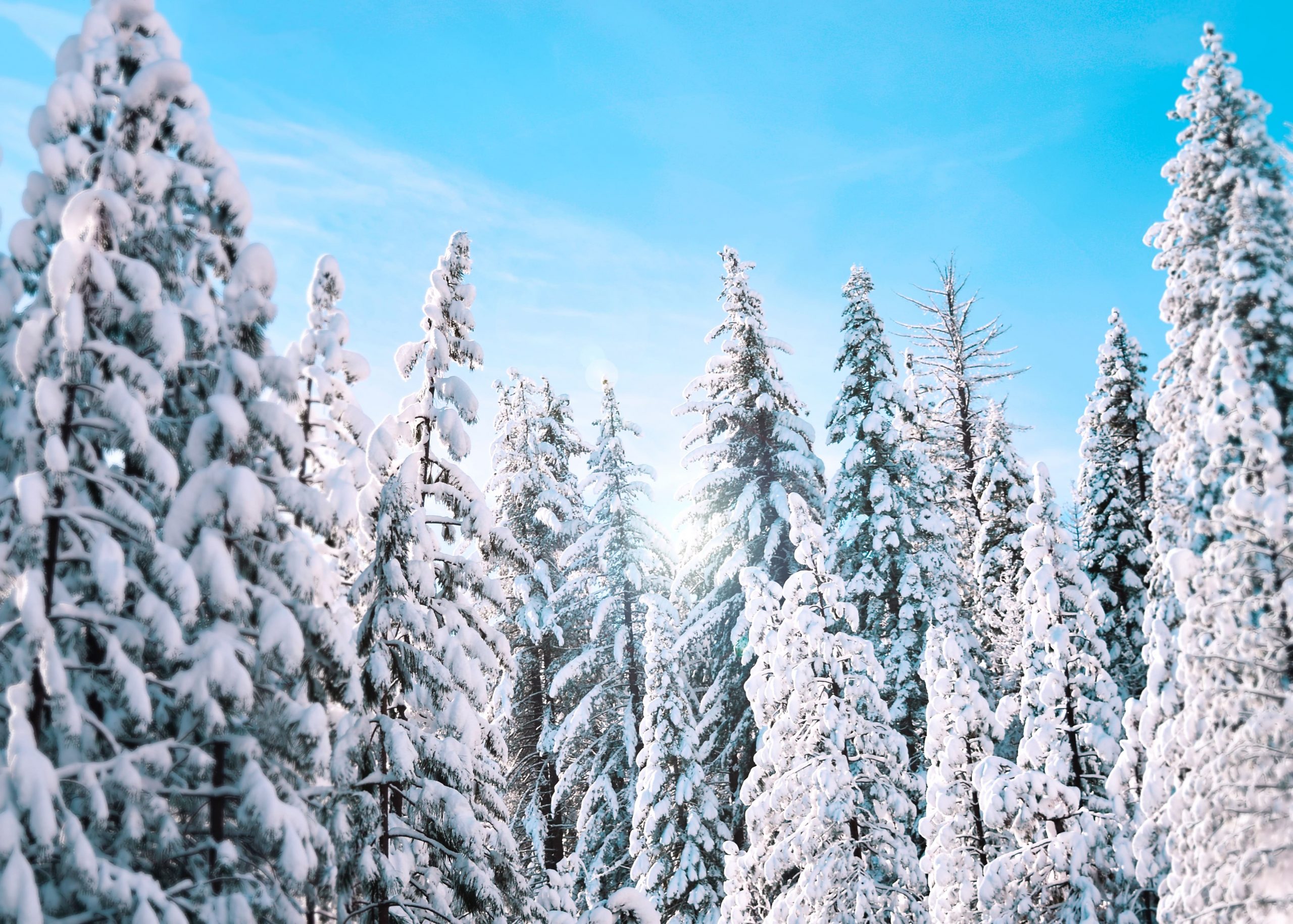Comprehending the Value of Snow in Australia for Farming and Tourist
While Australia is typically linked with sun-kissed beaches and arid outback, it likewise boasts a wide range of snowy towering areas. As we investigate this shocking intersection, the potential impact of moving environment patterns on Australia's snowfall and its subsequent effects come to be an engaging emphasis.

The Unexpected Snowfall: Australia's Alpine Regions
When winter capes the globe, Australia's Towering regions put on a white mantle of snow, a phenomenon that seems virtually paradoxical in this dominantly sun-baked land. As opposed to the stereotyped photo of Australia as a land of deserts and coastlines, these regions offer a attractive and unexpected contrast. The Australian Alps, stretching across New South Wales, Victoria, and the Australian Capital Territory, get more snowfall than Switzerland. This unanticipated winter season wonderland supplies an one-of-a-kind community, supplying a habitat for numerous indigenous types and a snowy play ground for winter months sports lovers. The yearly snowfall, although not as plentiful as in some nations, is an important aspect of Australia's climate variety and plays a substantial role in the nation's agricultural methods and tourist industry.
Winter season's Bounty: Snow's Contribution to Australia's Water Resources
In spite of its rarity in the broader landscape of Australia, snow in the Towering areas plays an essential role in the country's water resources. Functioning as an all-natural reservoir, the snowpack stores water throughout the cold months, gradually releasing it into rivers and dams as it thaws in warmer periods. This process ensures a steady supply of water, assisting in the stabilization of the nation's water cycle. This is particularly critical for Australia, a continent regularly plagued by droughts. In addition, the snowmelt feeds right into the Murray-Darling Container, a lifeline for numerous areas in the southeastern components of the nation. Without the bounty of winter season snow, Australia's water resources would be significantly stressed, affecting both the atmosphere and the population.
White Blanket, Green Fields: The Effect of Snow on Australian Farming
Although less visible, the influence of snow on Australian agriculture is substantial. Snowfall in the high country acts as a natural type of irrigation, slowly melting and offering a constant water supply to lower-lying farmland. This water-rich setting cultivates advice the development of robust plants, adding to the nation's farming productivity. In addition, snowfall enhances soil health and wellness by presenting dampness and trapping nutrients, which are gradually launched as the snow thaws. This process enriches the soil, cultivating the growth of healthier, a lot more resilient crops. Additionally, snow cover acts as a safety blanket, insulating the ground versus extreme wintertime temperature levels that can go to my site otherwise harm crops. Thus, the function of snow in Australian farming is both vital and multifaceted.
Cold Money: Snow Tourism and Its Economic Relevance in Australia
While the worth of snow to Australian agriculture is often taken too lightly, its contribution to the nation's tourism market is undoubtedly significant. The snow-laden heights of Australia's alpine areas draw in a flurry of tourists every wintertime, contributing millions to the national economic situation. Hence, the financial significance of snow tourism in Australia expands far beyond the slopes.
Future Projection: Climate Adjustment and Its Potential Impacts on Australia's Snowfall
As the globe grapples with the truth of climate change, so too must Australia contemplate its possible effects on the country's snowfall. Such changes threaten the viability of Australia's ski discover this sector, which adds dramatically to the regional economy. The potential results of these adjustments highlight the seriousness of environment change reduction initiatives, both in Australia and worldwide.
Conclusion
To conclude, snow is an essential aspect of Australia's agricultural and tourism industries. It not only nurtures the nation's agricultural landscape however likewise fuels its winter tourist market. Nevertheless, the looming risk of climate change increases concerns concerning the future of Australia's snowfall patterns, possibly interrupting these considerable economic sectors. As a result, understanding and attending to these challenges is important for the sustainability of Australia's economy and ecosystem.

When winter months cloaks the globe, Australia's Alpine regions wear a white mantle of snow, a spectacle that appears almost paradoxical in this dominantly sun-baked land.In spite of its rarity in the wider landscape of Australia, snow in the Alpine areas plays an important duty in the country's water sources. Without the bounty of winter months snow, Australia's water resources would certainly be substantially strained, affecting both the setting and the populace.
Thus, the financial significance of snow tourist in Australia prolongs much beyond the slopes.
In verdict, snow is a pivotal aspect of Australia's farming and tourism markets. Does It Snow In Australia.